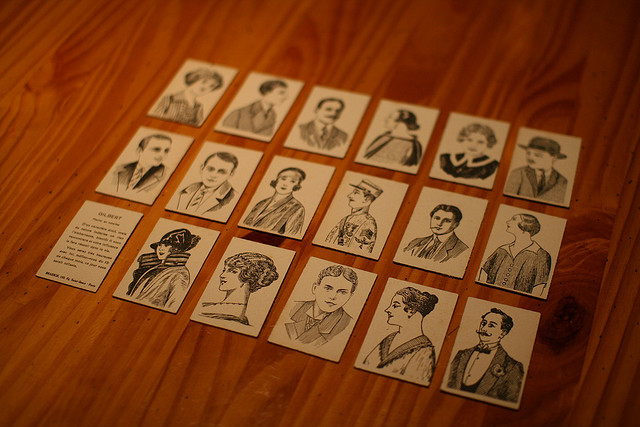At University we always designed for the ‘target audience’, broadly meaning; the people who would use the product/website etc. Sounds simple and straightforward enough, and yet I always struggled with it, but never understood why.
So, what does a ‘target audience’ include?
The first thing we were told was to simply think about; who do you think will use the product? What job do they have? Where do they live? What activities will they do? How much money will they earn? Down to what clothes would they wear?
At university the ‘target audience’ was always something I personally struggled with. Trying to cater to an invisible audience that I had to define before the product idea had been fully developed stumped me every time. I just couldn’t get a grip on generalising (as I saw it) to that scale, trying to come up with minute details for these peoples’ lives so that I could design specifically for all of them. Now that left me feeling a bit stupid, but I was never told exactly what I was looking for in a target audience, how to work that out and how it should influence my concept and design. Needless to say I was never taught user profiling.
It wasn’t until I started my role here at ES that it finally clicked, and I understood why I had had so much trouble with the ‘target audience’ aspect at university. What I learned from the guys here is that there are two types of profiling that happen within the sphere of a target audience; a marketing profile, and a user profile. They appear to be the same thing, and it took some patience on their part in order to communicate to me what the specific differences were between the profiles we make, compared to the profiles that are generally thought to represent that of the customer.
Marketing Profiles – a look at where they work, what car they drive…
Marketing profiles, generally speaking, are what companies use to determine how they can sell products and services to their prospective customers; what paper do they read, where do they live, what car do they drive, what their household income is, etc. They need to know this sort of personal information so they can target, design for, respond to, and basically pander to the customer’s interests and habits.
This information helps them to speak in the right language, at the right level. It helps them to advertise in specific publications. It knows what TV programs they are most likely to watch, and therefore where to place their ads. This of course is all relevant when trying to publicise the company. For example, your marketing profile might look like this:
“Mary, a 35 year old mother of two, household income of £60k, drives a VW Golf, reads the Daily Mail, uses the internet mainly for emails and shopping, lives in the South East”
But how does this help to prioritise the content and functionality on a website?
User Profiles – focusing on the individuals goal
On the other hand, a user profile focuses on the goals of people who will use the service. When creating a user profile there are a different set of questions which must be thought about, for example; what is the user’s goal? Why do they need to achieve this? How quickly do they need to achieve this? And what steps do they need to go through to reach their goal?
If we take an online balloon retailer who needs their site redesigned, a user profile for that site would look something like this:
“Mary, her daughter’s birthday party is in two weeks, she needs 20 balloons that will ideally have her daughter’s name (Louise) on and be pink in colour”
Of course these questions will be affected by such things as who the individual is and what kind of job they may do, however it is not dependant on all, or sometimes any of those factors at one time. It doesn’t matter if I am a mum, sister, or friend planning a birthday party for someone, I will still need to buy 20 balloons. That is my end goal which I want to be as simple, easy, and stress free as possible.
So what did I learn?
Although I still feel mildly ignorant for not having figured this out by myself, I now see where I went wrong at Uni. A user profile, and decent understanding of the goals your end-user will want to achieve, should be the main force driving the design of a products core structure. A marketing profile can then be used to help decide on the visuals and aesthetic appeal to appeal to the use once the site is built in a user-friendly way.
What do your profiles look like, and how do you use them?

